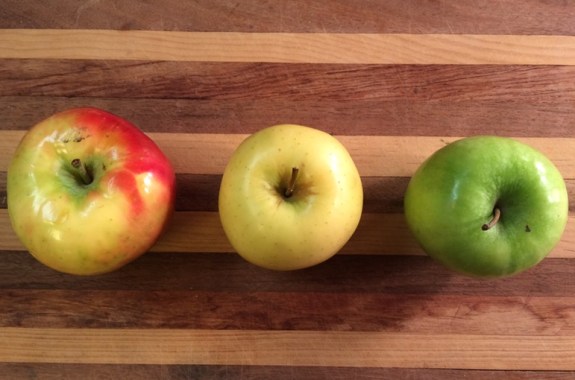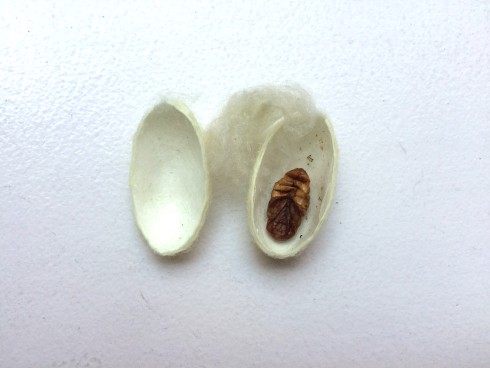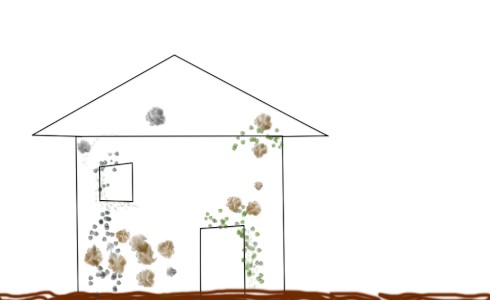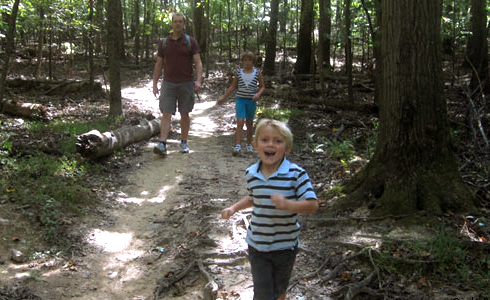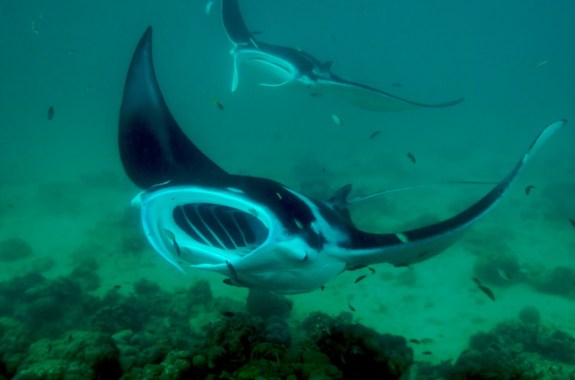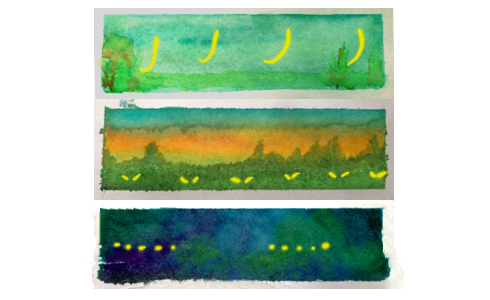The Tragic Mystery Of The Mushy Apple
In this experiment, you’ll explore the influence of apple cell structure on the crunchiness and juiciness of an apple by measuring apple tissue tensile strength.
Track A Plant’s Movement
Are your plants moving without you knowing it? Catch your plant’s secret movements, called tropisms, in this hands-on activity.
Dissect a Silkworm Cocoon
Learn about the insect origins of silk by dissecting a cocoon and “degumming” it to reveal the protein that scientists use for constructing new materials.
Science Friday Discussion: Negotiating the Challenges of Teaching Evolution
Learn from experienced educators how to teach evolution in communities where evolution is controversial and browse classroom evolution resources.
How Can We Build Homes That Are Resistant to Mold?
Test which building materials will be resistant to mold after a flood or hurricane.
Take A Hike: Exploring Nature With Kids
Use these tips to safely explore the great outdoors on a family hike while building your observation skills.
Engineer A ‘Filter Feeder’
Build and test a water filter inspired by marine filter feeding organisms.
Jumping Spider Shake Down
Can you match each jumping spider dance to its vibratory song?
One For All: A Natural Resources Game
In this game from Population Education, students must use cooperative decision making strategies to manage a renewable resource.
Talk Like A Firefly
Learn to speak the language of fireflies and invent your own secret flash code.
